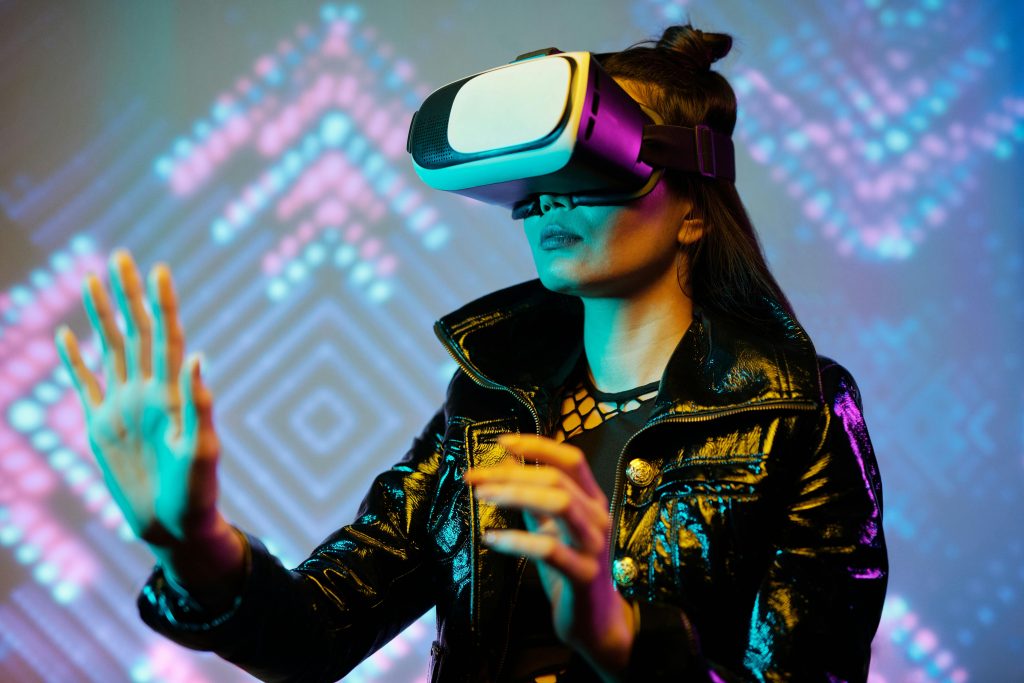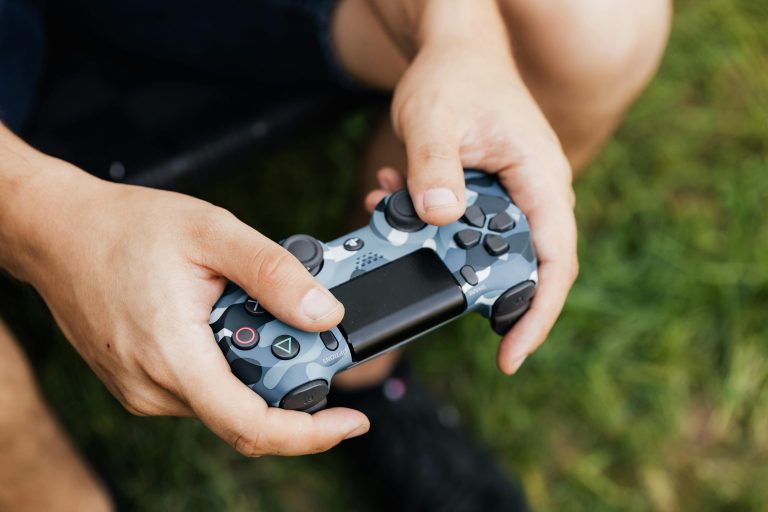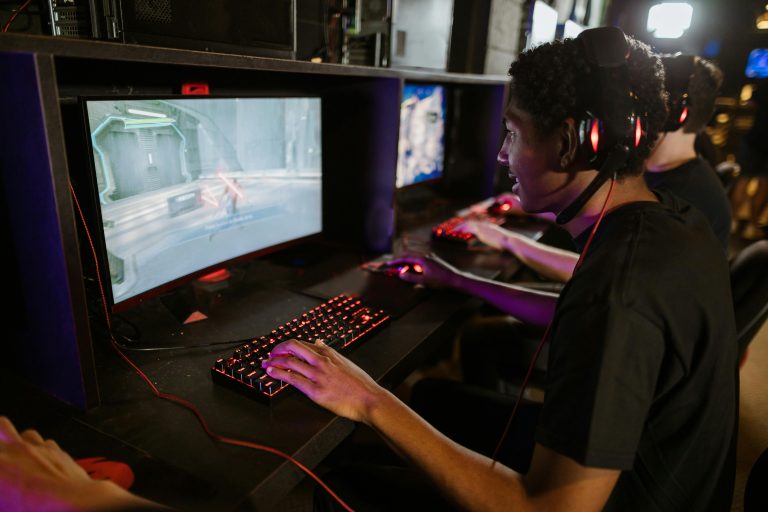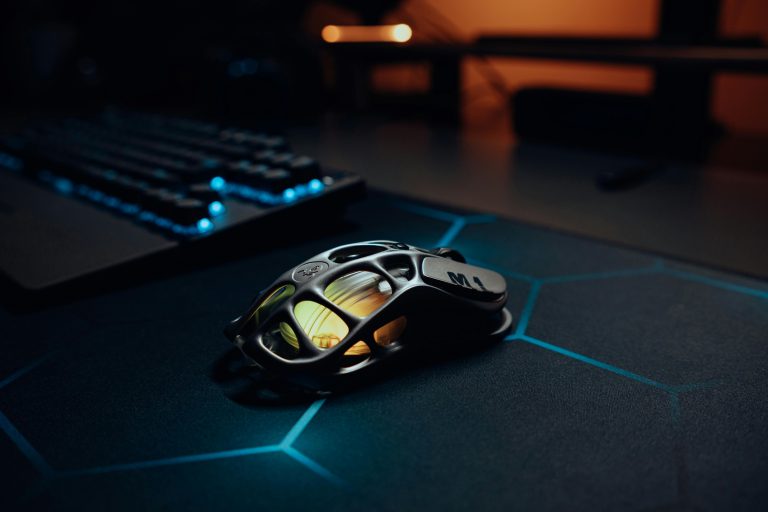
The line between player and game is blurring. We’re no longer just interacting with pre-programmed worlds; our digital playgrounds are now interacting back, learning from us, and adapting in real-time. This seismic shift is powered by Artificial Intelligence, and its influence is moving beyond software to redefine the very hardware we hold in our hands. The year 2025 is poised to be a landmark year for gamers, as AI-powered gadgets transition from futuristic novelties to essential components of a elite setup. This guide dives deep into the most innovative and game-changing AI-powered gaming gadgets you need to know about for 2025, exploring how they will elevate your performance, immersion, and overall experience.
The Brains of the Operation: Next-Gen AI Gaming Chipsets
At the heart of every AI-powered gadget is a specialized processor designed not just for raw speed, but for intelligent computation. In 2025, this technology has matured beyond dedicated Tensor or NPU cores into full-fledged AI processing units (APUs).
Next-Gen Console APUs
Rumors suggest the mid-cycle refreshes of major consoles will heavily feature these new APUs. Imagine a console that doesn’t just render a storm; an AI that dynamically adjusts the weather system based on the emotional tone of the in-game music and the player’s heart rate, captured via a connected wearable. This isn’t just graphics; it’s emotionally responsive environmental storytelling.
PC Gaming’s Neural Leap
For PC enthusiasts, graphics cards and CPUs are becoming neural powerhouses. NVIDIA’s DLSS technology is evolving into a true AI co-pilot for rendering. The AI won’t just upscale resolution; it will predict entire frames, drastically reducing latency to near-zero levels. This means buttery-smooth, hyper-responsive gameplay even at 8K resolutions, all powered by on-board AI that learns your preferred visual settings and optimizes them per game without any input.
Hyper-Immersion: AI-Driven Peripherals
Your mouse, keyboard, and headset are getting a serious IQ boost. The peripherals of 2025 are context-aware, adaptive, and designed to make you a better player.
The Intelligent Mouse & Keyboard
Leading brands are launching peripherals with built-in machine learning models. An AI gaming mouse can analyze your grip, click patterns, and even minute tremors during high-pressure moments. It can then automatically adjust its DPI and polling rate to compensate for stress-induced jitters, ensuring your aim stays true when it matters most. AI keyboards will learn your most used macros and complex key combinations, offering predictive input suggestions or even automating repetitive in-game tasks with a single, learned keystroke.
The Adaptive Gaming Headset
3D audio is old news. The next frontier is cognitive audio. AI-powered headsets in 2025 will use beamforming microphones and internal processors to separate game audio from your environment with incredible precision. But the real magic happens in-game. The AI will dynamically prioritize audio cues based on the game state. Heard faint footsteps? The AI will subtly enhance that frequency while suppressing less important ambient noise, giving you a tangible auditory advantage. It can also translate in-game voice chat in real-time with near-perfect accuracy, breaking down language barriers in global lobbies.
Beyond the Screen: AI in Gaming Furniture & Ambiance
AI’s influence extends to your entire gaming environment, creating a holistic ecosystem that reacts to you.
Smart Gaming Chairs with Haptic Feedback
Forget simple rumble. 2025’s premium gaming chairs are equipped with advanced haptic feedback systems guided by AI. Using in-game data, the chair doesn’t just vibrate for an explosion. It will precisely simulate the direction of the blast, the rumble of a nearby vehicle, or even the subtle heartbeat of your character when hiding. The AI syncs these tactile events with the on-screen action and audio to create a deeply immersive physical experience that pulls you directly into the game world.
AI-Powered Ambient Lighting Systems
Systems like Philips Hue are getting a gaming-specific AI upgrade. Instead of just matching on-screen colors, the AI will analyze the game’s metadata. In a horror game, the lights might flicker ominously with no on-screen trigger, purely to elevate tension. During a calm exploration sequence, the lighting could mimic the in-game time of day, cooling to a blue evening hue. It proactively sets the mood, making the virtual world feel physically present in your room.
The Competitive Edge: AI Coaching and Analytics Tools
For esports athletes and aspiring pros, AI is the ultimate coach.
Real-Time Performance Analytics
Dedicated AI software can now hook directly into your games (where permitted) to provide real-time analytics. It will track your decision-making, positioning, aim accuracy, and resource management. Instead of just showing you your K/D ratio, it will highlight moments where you over-extended, missed a key opportunity, or failed to control a power-up spawn. It provides actionable, data-driven feedback instantly, turning every match into a learning session.
Personalized Training Bots
Why train against predictable AI? In 2025, training modes feature bots that learn from you. They analyze your playstyle, identify your weaknesses, and then adapt specifically to exploit them. If you struggle against aggressive rushers, your AI training partner will become the ultimate rusher, forcing you to adapt and improve in a targeted, effective way. This personalized training is the fastest way to level up your skills.
The era of passive gaming hardware is over. The best AI-powered gaming gadgets for 2025 are active participants in your gameplay. They are responsive, predictive, and deeply personalized, working in concert to create a seamless, immersive, and supremely competitive experience. From the intelligent silicon inside your devices to the ambient environment around you, AI is the invisible coder, the expert coach, and the immersive director of your gaming journey. Investing in these technologies is no longer about keeping up with the trends; it’s about stepping into the future of play itself.






